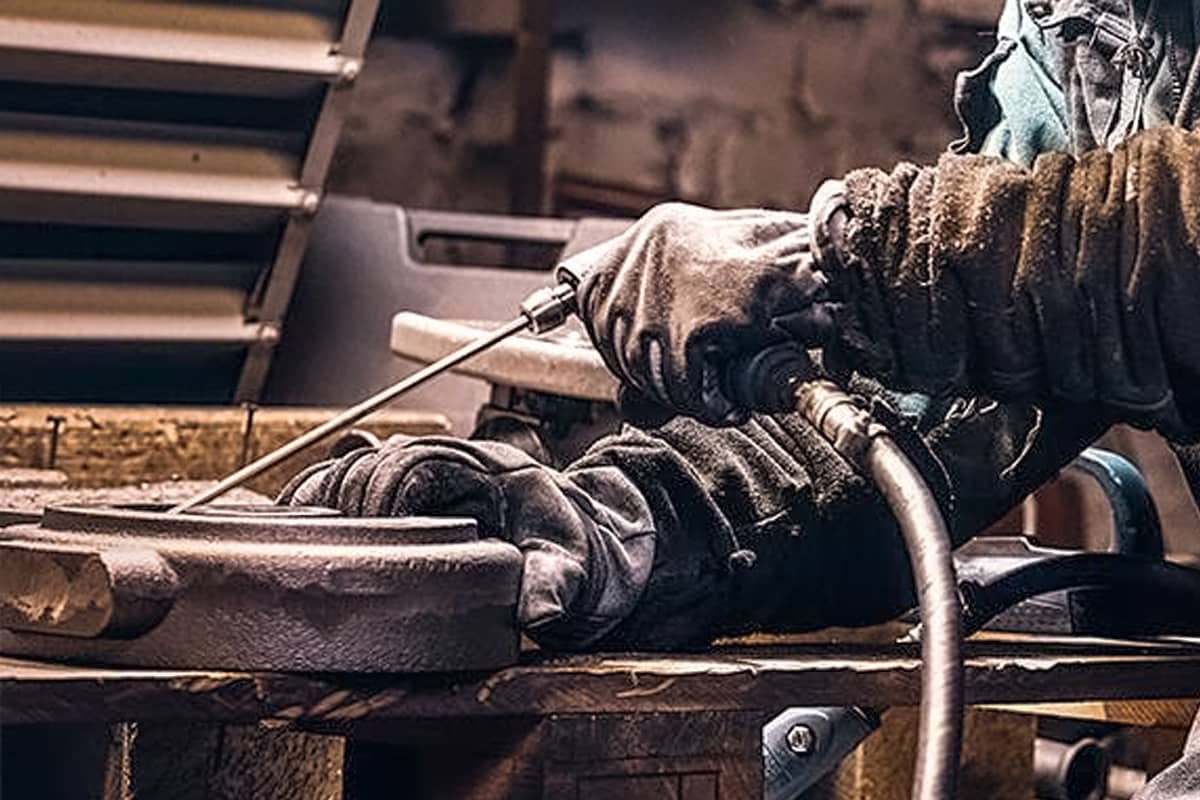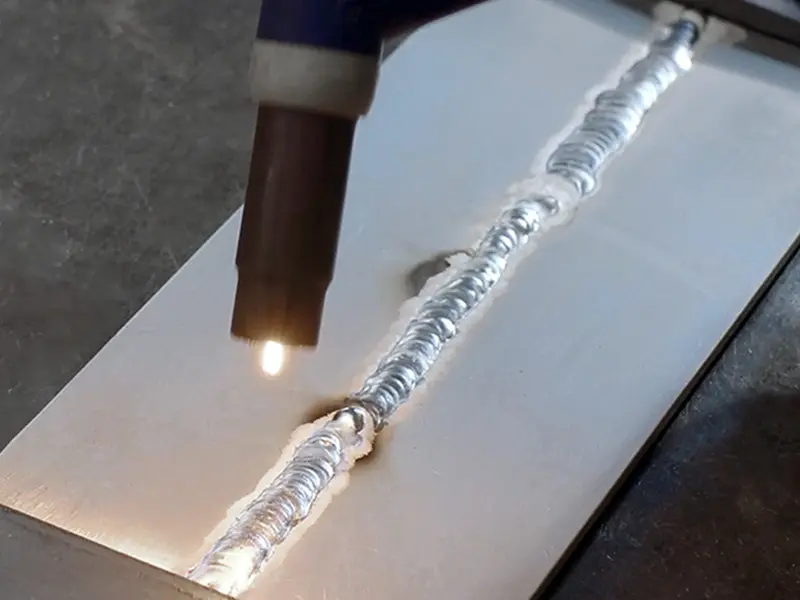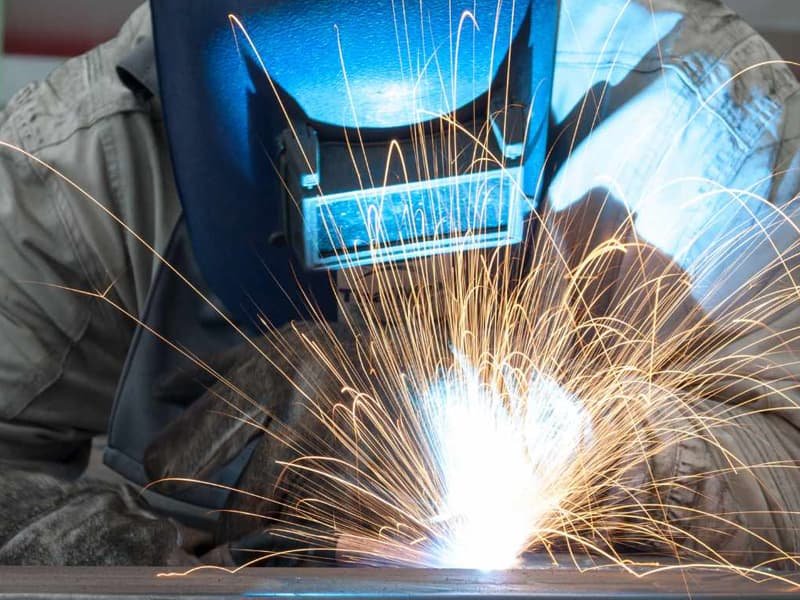Laser welding is no longer a futuristic concept. It’s a cornerstone of modern manufacturing. From electric vehicle batteries to aerospace components, this technology is redefining precision, efficiency, and sustainability. But what exactly makes it indispensable today, and where is it headed next?
Precision Meets Speed: The Core Advantages of Laser Welding
Imagine joining two razor-thin metal sheets without warping or leaving visible seams. Laser welding achieves this by focusing a high-energy beam onto a microscopic area, melting materials with minimal heat dispersion. This method reduces distortion by up to 90% compared to traditional arc welding.
For example, in the automotive sector, laser systems weld car body panels at speeds exceeding 10 meters per minute while maintaining sub-millimeter accuracy. This precision is critical for lightweight electric vehicle designs, where every gram impacts battery efficiency.
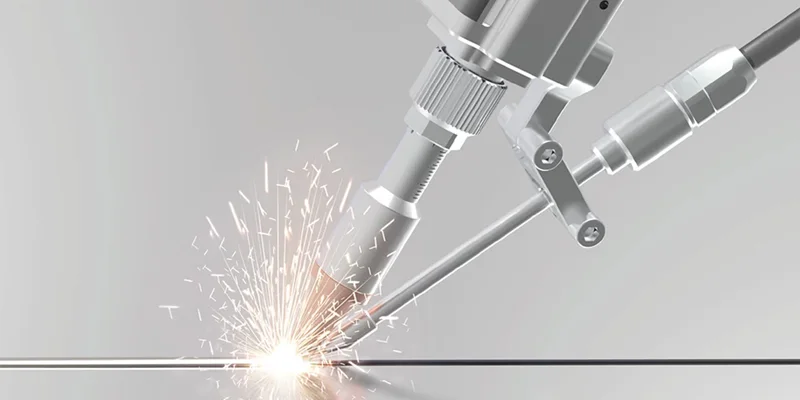
Sustainability: Cutting Energy Use and Waste
Laser welding isn’t just faster. It’s greener. Traditional methods like TIG welding consume significant energy due to prolonged heat exposure. In contrast, laser systems operate in short pulses, slashing energy consumption by 30 to 50%.
Take the shipbuilding industry. By switching to laser welding, one Chinese shipyard reduced its annual carbon emissions by 1,200 tons while cutting material waste by 15%. These savings align with global ESG goals, making the technology a strategic investment for eco-conscious manufacturers.
Automation and Adaptability: Bridging the Skills Gap
The global welding workforce is aging, with a projected shortage of 400,000 skilled workers by 2030. Laser welding addresses this by integrating seamlessly with robotic arms and AI-driven systems.
Aerospace companies now use fully automated laser cells to weld turbine blades. These systems adjust beam intensity in real-time based on material thickness, achieving consistent results even with complex alloys like titanium. Human operators only handle initial setup and quality checks, reducing labor costs and error rates.
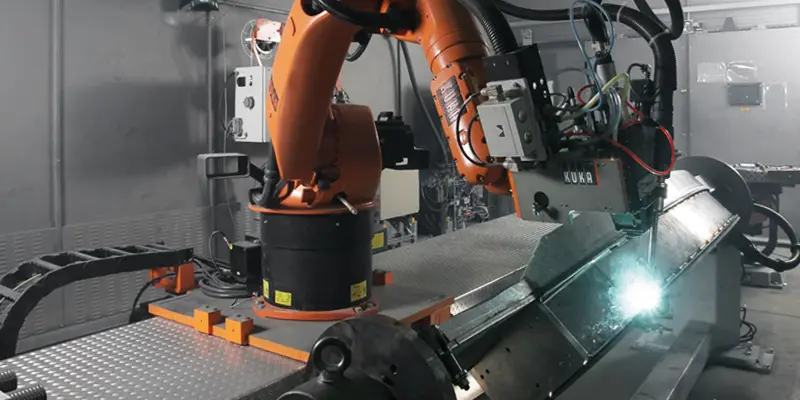
Emerging Applications: From Medical Devices to Space Exploration
Beyond traditional industries, laser welding is unlocking new frontiers. Medical device manufacturers use it to assemble pacemakers with hermetic seals that prevent fluid ingress. Meanwhile, NASA recently adopted fiber laser systems to weld satellite components in zero-gravity simulations, proving its viability for off-world construction.
In battery production, the technology ensures ultra-clean joints for lithium-ion cells, preventing dendrite formation that could cause short circuits. This is critical for extending EV battery lifespans beyond 500,000 kilometers.
Challenges and Future Innovations
Despite its benefits, laser welding faces hurdles. High upfront costs (up to $500,000 per system) deter small workshops, and reflective metals like copper require specialized beam modulation. However, advancements in diode-pumped lasers are lowering prices by 20% annually, while hybrid systems combining lasers with arc welding are improving versatility.
Researchers are also experimenting with ultrafast pulsed lasers to weld glass and ceramics materials once deemed unweldable. If commercialized, this could revolutionize consumer electronics and renewable energy storage.

